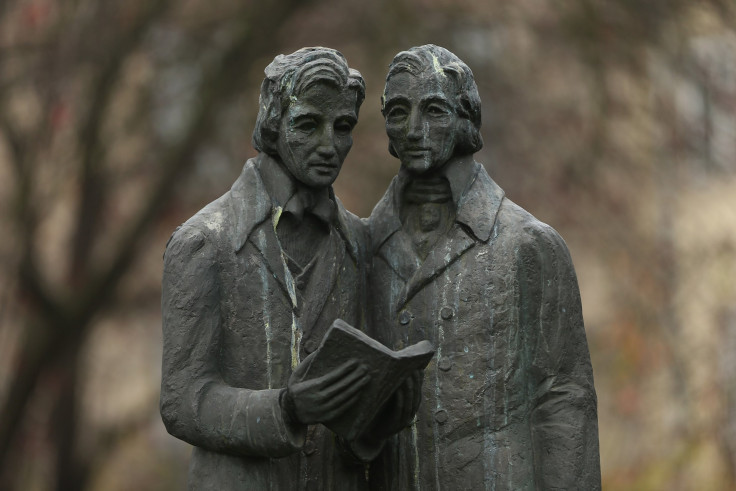Long-Lost 'Snow White' Gravestone Donated To Museum In Germany

The long-lost gravestone of the real Snow White has emerged in Germany and is now on display at the Bamberg Diocesan Museum.
Maria Sophia von Erthal, a baroness who was born in a castle in the Medieval German town of Lohr am Main in 1725, is believed to be the inspiration of the famed fairy tale "Snow White and the Seven Dwarfs.”
The story was written by the Grimm brothers Jacob and Wilhelm in the 19th century.
von Erthal died in 1796 but her gravestone went missing after the church, where she was buried, was demolished. The gravestone has fortunately resurfaced at a house in Bamberg in Central Germany and was donated to the Bamberg Diocesan Museum.
There are a number of parallels between von Erthal, the daughter of Prince Philipp von Erthal, and the fairytale Snow White.
von Erthal’s father got remarried after her mother died, and just like the wicked stepmother in the fairy tale, the woman was said to favor her own natural children over her stepchildren.
von Erthal's father also owned a mirror factory and one of his mirrors, which is now housed in the Spessart Museum in Lohr am Main, is inscribed with the words "amour propre," which translates to "pride" in French.
The museum said that this could have inspired the "mirror on the wall" in the tale.
The baroness was also said to have helped the unfortunate, including children who worked in the mines of nearby districts, which could be the inspiration for the seven mining dwarfs.
A disused mine outside of Lohr also happens to be reachable by crossing seven hills. In the tale, Snow While ran over seven hills before she reached the cottage where the seven dwarfs lived.
The fairy tale likewise features a scary forest and a forest near Lohr is known for robbers and dangerous wild animals.
The Grimm brothers, who first published the fairy tale "Schneewittchen" in 1812, lived just 60 miles west of Lohr am Main, which is now known as the "Snow White City.”
It is possible they heard of the baroness’ tale and used this as the nucleus of their story.
"The story of Sophia's life was well known at the start of the 19th Century," museum director Holger Kempkens told the BBC. “The Brothers Grimm made literature out of the stories they heard from local people.”
Unlike Snow White, von Erthal did not have a happy ending. She became blind in her youth and unmarried when she died in a convent at 71 years old.





















